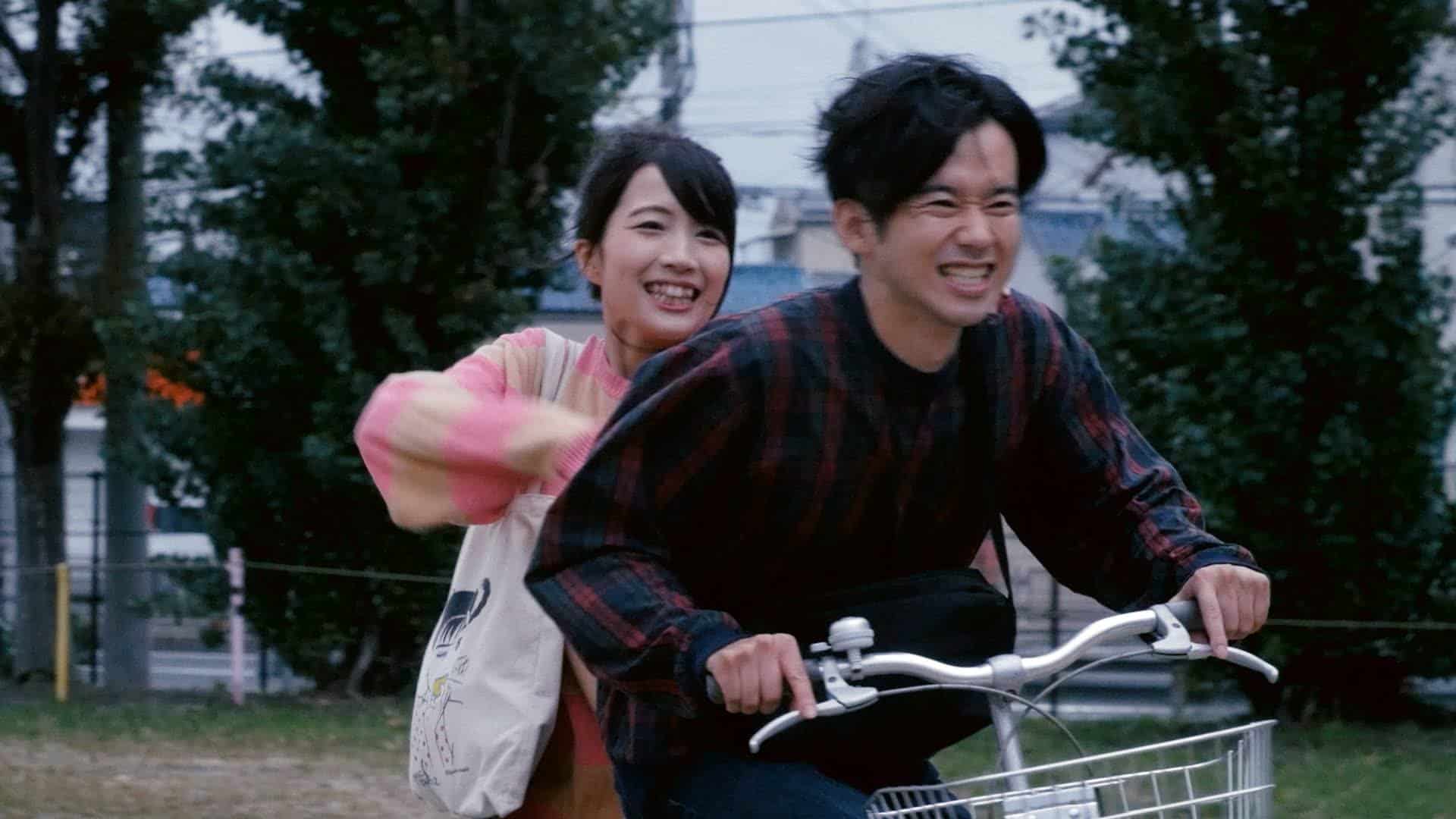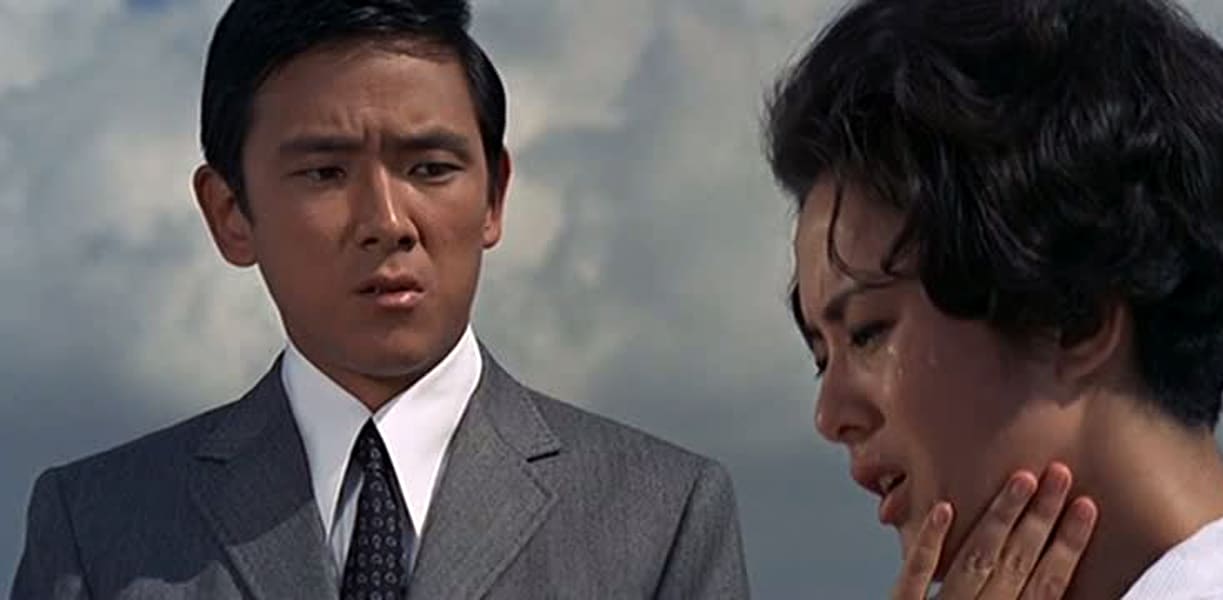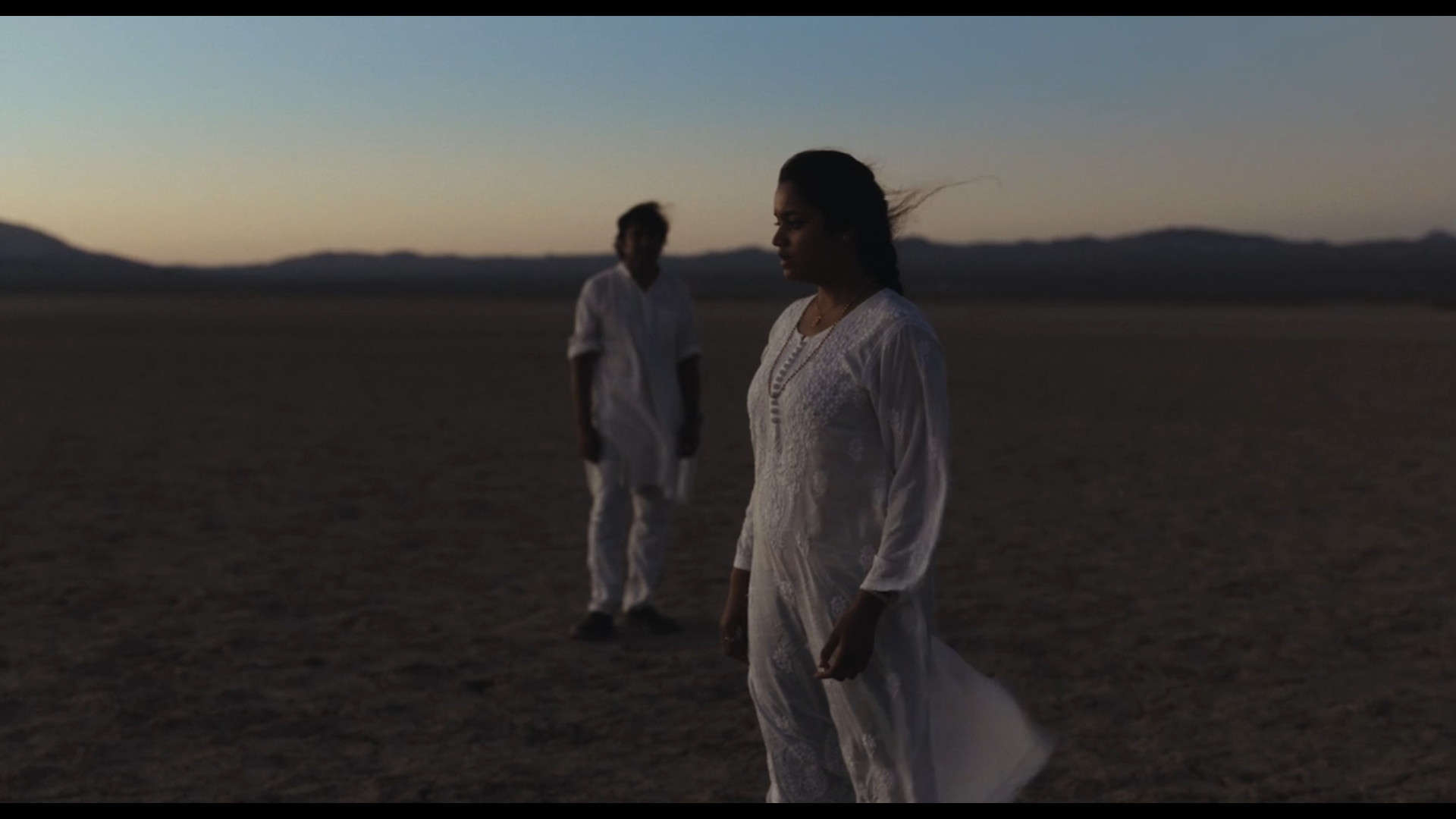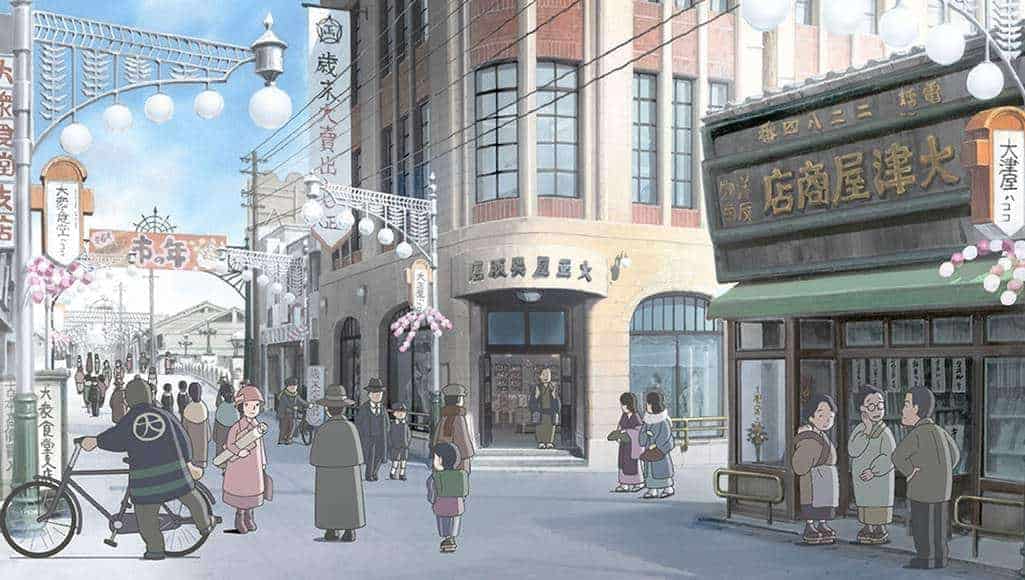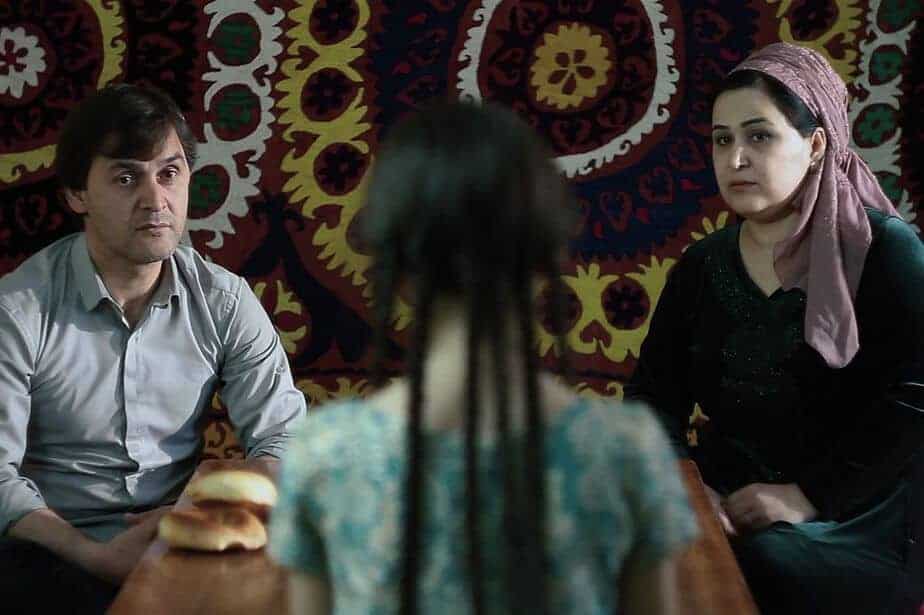“Living in a paradise of blue waters and skies. It's the touristy image most Japanese have… The locals want to see realism in films about Okinawa” director Yasuhiro Yoshida explains in a recent interview with JFF+. Since December, the streaming platform has uploaded a lineup of free-to-watch titles, including Yoshida's 2013 feature “Leaving on the 15th Spring”. A gentle, heartfelt drama, the movie brews an unexpectedly nuanced message about growing up, that is both unique and universal.
Leaving on the 15th Spring is streaming as part of JFF+ Independent Cinema

Yuna (Ayaka Miyoshi) is turning 15 soon, a momentous age on her small home island, Minami-Daito. On Minami-Daito, there is no school for children above 14 years-old. As children turn 15, they must all leave to the main island to attend high school. We follow Yuna across her final year, preparing for departure as she juggles teenagehood, budding romance and growing pains. She begins an innocent courtship with a boy from a neighbouring island, spends her days practicing her sanshin to play abayoi, the traditional farewell song she must perform to her parents before leaving. But under her pleasant demeanor, Yuna is apprehensive for spring's approach: She worries about leaving her father behind.
Meanwhile, the island's brain drain crisis emerges in the story. As more and more people, including Yuna's mother and siblings, abandon small islands like Minami-Daito for the bigger cities, Yuna grapples with her family being apart, knowing that she too must leave one day. Across the guilt of leaving her lone father, her beloved hometown and life, Yuna's last year on Minami-Daito as a child teaches her to weather change and growth.

The premise of “Leaving on the 15th Spring” may seem more than obvious, hinging on the unusual circumstances of Minami-Daito, but the plot does surprise. Not to the degree of dramatic twists and turns, but through the characters' own decisions and emotionality, especially Yuna's. Throughout her struggle to grow up, Yuna's greatest fear hardly comes from a simple unfamiliarity with the larger world, but that her path may one day cease to align with her loved ones. With firm compassion, “Leaving on the 15th Spring” tries to show that growing up hurts because it means accepting a degree of loneliness, in order to carve your own life.
Yoshida, now a veteran writer-director for Japanese features and J-dramas, proves himself a charming master of pleasantry, with a knack for warming the heart, with both laughter and tears. Not all moments land in a sweet spot, with occasional out-of-place gestures and dialogue betraying obvious narrative intention. But as a whole, the film manages a sincere and genuine atmosphere by actively including Okinawans into the production cast and crew.
Community scenes such as the inter-island sports tournament shows all the characters joining in the amusement. Some jokingly, some fervently. The numerous extras and supporting actors in these staging have the real Okinawan community to thank. In the midst of women gossiping, children sumo wrestling, men cheering each other on, Yuna and her admirer, Kento sit quietly in a corner, in a beautifully executed scene expounding the awkwardness of young love. In sequences like these, Minami-Daito's tight community is depicted successfully with endearment, without an overt sense of spectacle.
A script as sensitive as this definitely requires an equally delicate actress, for which Ayaka Miyoshi more than delivers. A newcomer, and independent, working teenager herself at the time of shooting, Miyoshi boasts a heartbreaking portrayal of a naïve girl struggling to act the adult. Her performance holds its own beside older hands Shinobu Otake and Kaoru Kobayashi, who play her estranged parents.
Music presents a central framing element, with the farewell song, abayoi, that is actually performed on Minami-Daito for the same purpose. As both soundtrack and plot device, the melodic tunes weave in emotional beats and moments. In the opening sequence, we witness Yuna's senior holding back tears before performing abayoi. Later, as Yuna's father watches his daughter rehearse the same song, he quickly puts on his cap and leaves, so she does not see him upset. It is a large pity that the sanshin's sound hardly figures into the rest of the soundtrack, which largely takes on conventional soft piano ballads of contemporary Japanese melodrama.
The Minami-Daito we see onscreen is a joint effort of production designer Koji Kozumi, cinematographer Shinya Kimura, revealing subtleties in each environment. Between Yuna's wooden panelled house and her mother's white cement apartment, a change is felt despite the basic furniture being near identical. A softer voice compared to the role of acting and music, the camera and art direction act as further embellishments of the characters' inner worlds. A great number of wider shots are used in scenes of confrontation or deliberation: as Yuna attempts to connect with her mother, or as she watches her father from a distance. These moments further integrate Yuna's identity with the places she inhabits: her home island.
Ten years on, “Leaving on the 15th Spring” still delights and moves audiences. Because whether or not one hails from Okinawa, or knows much about the land, one will definitely remember the pain of leaving home to find their own journey.



